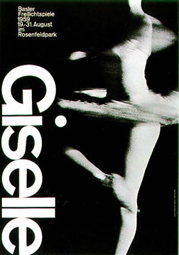GC 101: History of Graphic Communications
Welcome to the History of Graphic Communications at Palomar College. In this class we will undertake a journey into visual culture from the ancient past to the present moment. Beginning with pre-historic cave paintings, we will trace the development of the physical manifestation of thought and language. We will learn how a variety of disciplines, such as art, industry, and commerce, have combined to create our definition of graphic design. In addition, we will learn how culture and technology impact how we communicate, and how ideas and theories create meaning behind the visual components of graphic design.
The history of graphic communication will reveal to us not only events, but their meanings as well: we will learn to understand the individual object within its political, economic and cultural environment. We will see how graphic design can clarify the ideas generated by the issues of the times and relate them to the specifics of design and communication. Our journey will show us how words and images are used together to create a symbiosis of medium and message.
Finally, we will see how graphic design, responding to public needs, becomes a powerful visual force that is present in all aspects of daily life and speaks to us on practical, emotional and instinctive levels, and affects our experience from the most ordinary to the most extraordinary ways.
Graphic Design

The purpose of graphic design is to communicate messages through the juxtaposition of words and images. It is the visual synthesis of ideas in the form of magazines, books, posters as well as packaging, signage, and digital interfaces. Graphic design organizes and communicates messages to establish the attributes of a product or idea and to announce and publicize information in the most effective way. By arranging text and image into a suitable style, the graphic designer can attract the right audience for a product or idea. As a result, graphic design educates, inspires, and entertains, as well as informs and encourages. Design also creates awareness and nurtures dialog, while directing, guiding, motivating, promoting, and persuading. It can transmit attitudes and kindle emotions. Inherent in the fabric of cultural experience, design affects daily life in mundane and surprising ways.
Design also rules awareness and perception, creates affinities, promotes understanding, and provides meaning. Visual communication solutions can be simple or complex, commonplace or forceful. Design shapes the visible environment and delivers information to everyone within it; it is functional, conveying messages with purpose. Design is always around us, in countless formats, including print, digital, and environmental.
Graphic communication began in the ancient past, with prehistoric images painted on the walls of caves. These images represent man's first attempts to communicate a message visually, which is the essence of graphic design. Just as painting and sculpture are influenced by variety of previous artistic movements, graphic design is also the result of aesthetic ideologies and viewpoints. Graphic designers combine these ideologies with critical thinking and visual skill to create a common language of form. Twenty-first century graphic design is an ever evolving field, and the designer must constantly adapt to satisfy and challenge the ever changing needs of communication.
Gregory Kelley, MA
Palomar College, Adjunct Faculty
Graphic Communications Department

